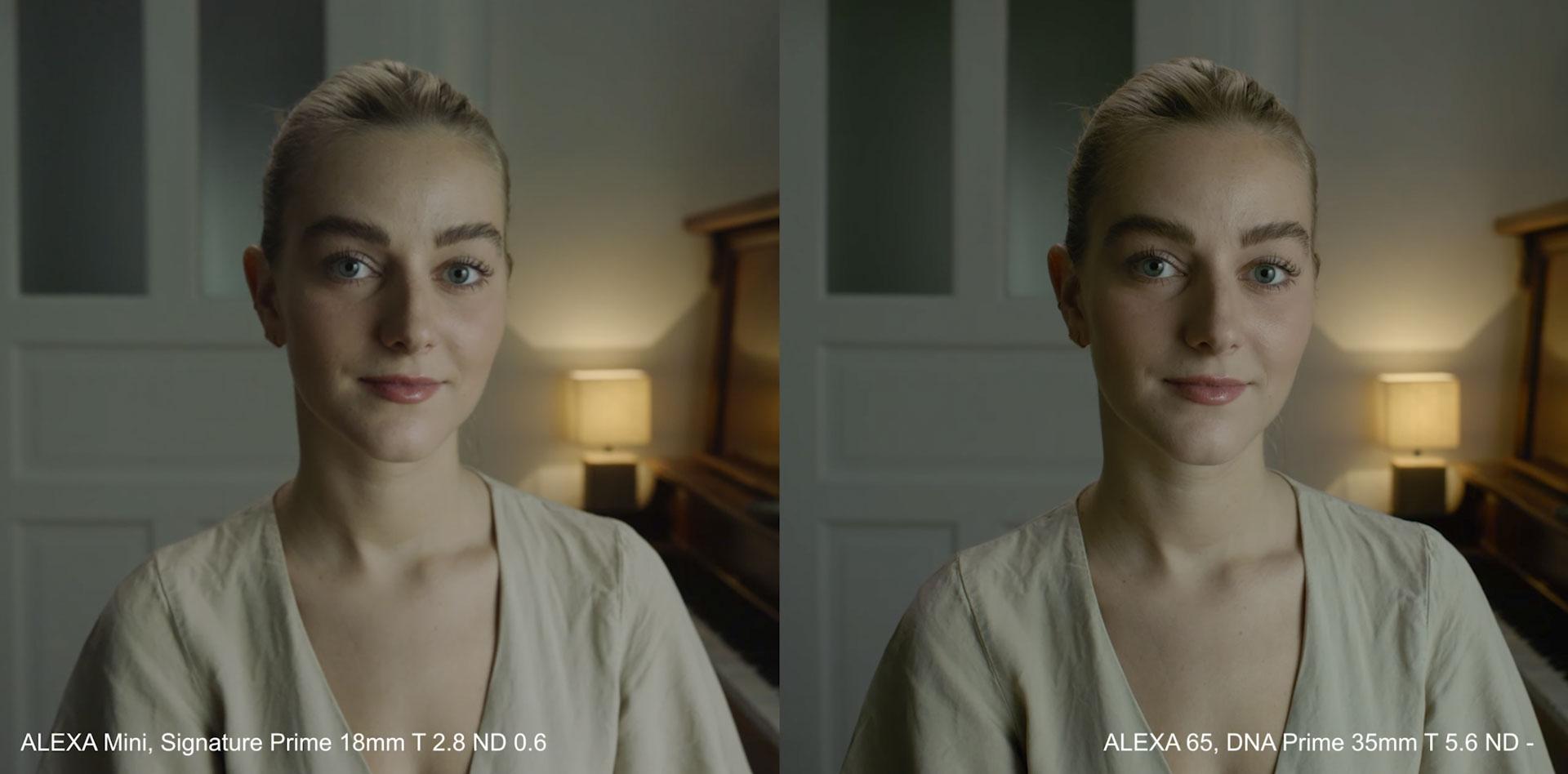- This topic has 4 replies, 3 voices, and was last updated 8 months, 1 week ago by .
-
Topic
-
Dear master Roger what is the normal lens for large format. What lens gives more intimacy. Basically it’s less depth. If I want to 32mm coverage for large format what lens would you prefer. How large format 75mm, 125mm sees the subject different from normal super 35mm lenses
Viewing 4 replies - 1 through 4 (of 4 total)
Viewing 4 replies - 1 through 4 (of 4 total)
- You must be logged in to reply to this topic.

